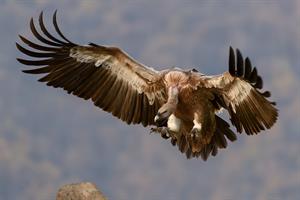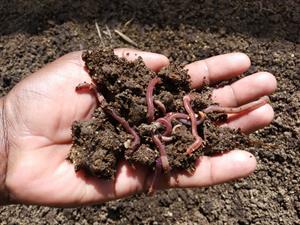
PUMPA - SMART LEARNING
எங்கள் ஆசிரியர்களுடன் 1-ஆன்-1 ஆலோசனை நேரத்தைப் பெறுங்கள். டாப்பர் ஆவதற்கு நாங்கள் பயிற்சி அளிப்போம்
Book Free DemoThe living organisms that are present in the forest includes the plants, animals, decomposers, and scavengers. The non-living component consists of the soil, air, and water. These provide nutrients, carbon dioxide, and water for the growth of the plants and trees.
Plants
Green plants are the autotrophs (they produce food on their own by the process of photosynthesis).
- In the photosynthetic process, there is absorption of water from the soil, carbon dioxide from air, and sunlight to prepare food in the form of sugars.
- They are also called producers as they provide food to all living organisms which inhabit the forest.
Animals
- Many animals are present in the forest, which are called consumers or heterotrophs as they depend on other organisms for food.
- Herbivorous animals eat only plants or plant parts.
- Carnivorous animals are the flesh-eating animals.
Decomposers
- Microorganisms like bacteria and fungi feed on dead and decaying matter.
- They are also called saprotrophs (feed on dead and decaying plant and animal matter).
- They are called decomposers because, they breaks down the dead matter into simpler substances.
- When decomposers feed on dead matter, it converts it into a dark coloured substance called the humus.
- Humus contains mineral salts that mixes with the forest soil. This provides nutrients to the plants.
- They play a vital role in sustaining the forest.
Scavengers
- Animals that consume dead animals are known as scavengers.
- Vultures, jackals, hyena, insects like termites, maggots, ants, beetles, earthworms, and millipedes falls under this category.
- They clean the environment.

